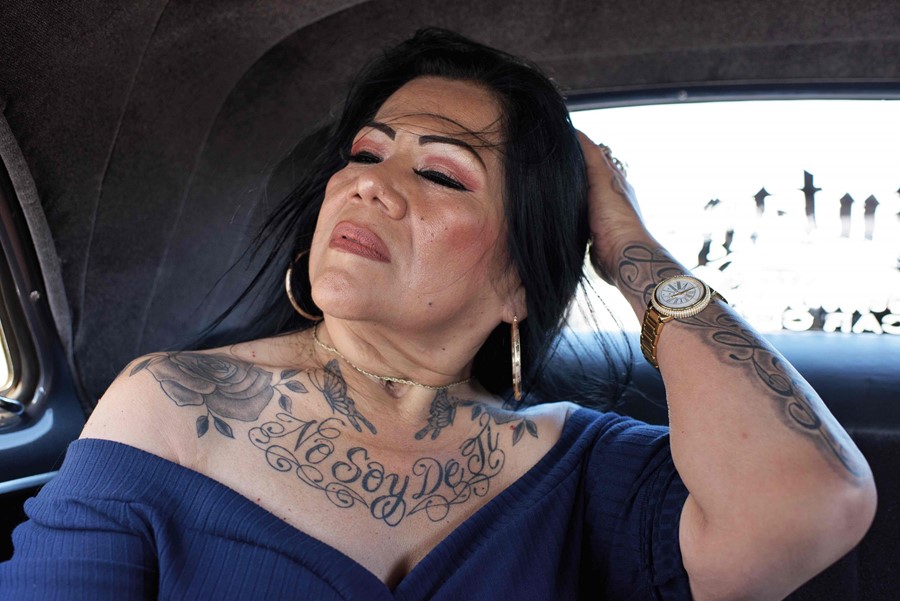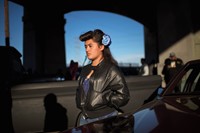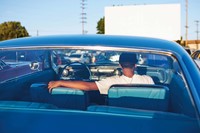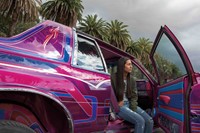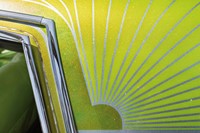Photographer Kristin Bedford captures the majestic “political, cultural and creative self-expression” of the Mexican-American subculture
LA’s Mexican-American lowriding community is shrouded in stubborn stereotypes. To outsiders, the subculture is associated with west coast hip hop, or menacing ex-cons and testosterone-fuelled gangs. In the majority of mainstream cultural depictions, lowriders are masculine, ripped and dangerous, flaunting their freshly customised car like a weapon while surrounded by scantily clad women.
“There is this ongoing joke in the lowriding community about how, in films, when you see lowriders come down the street, you hear menacing music,” says photographer Kristin Bedford. “But really, it’s this incredibly diverse group of people from all walks of life, from all sorts of careers ... It’s almost totally misunderstood.”
To shake some of these stereotypes, Bedford spent five years embedding herself in LA’s lowrider community. Between 2014 and 2019, the photographer would attend car shows and events, as well as visiting her subject’s homes, to create a series of revealing, unstaged images. The result was Cruise Night: a new monograph, published by Damiani, exploring the “political, cultural and creative self-expression” of lowrider car customisation.
It was a compelling subject for any photographer, not just because of all the myths that surround the movement. Lowriding has been around since the 1940s, and has become one of LA’s most diverse and prolific subcultures in that time. There are now tens of thousands of Mexican Americans – of all genders and backgrounds – involved in the DIY car customisation community, enjoying street shows, cruise nights and community socials. “Lowriding is not just a fashion statement,” says Bedford. “It‘s about [Mexican-American] history and pride. It’s a way of saying, ‘I'm not going to be discriminated against.’”
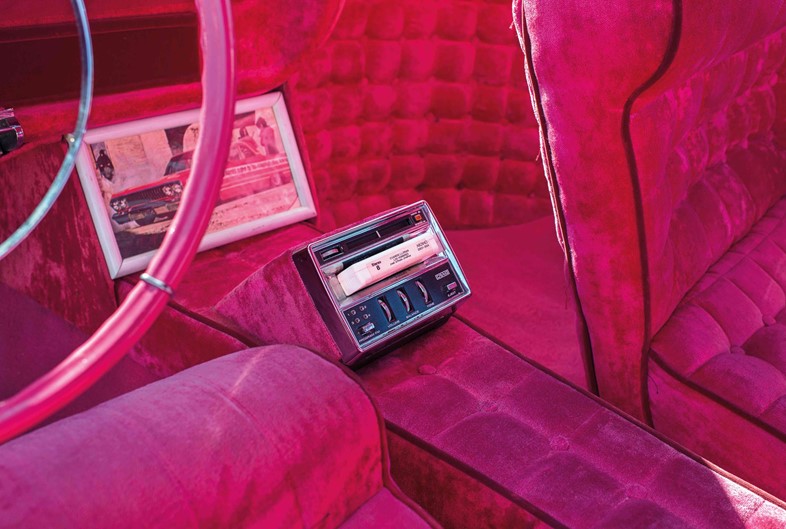
The daughter of an activist filmmaker, Bedford grew up in Capitol Hill, Washington DC. It was an intensely creative and political upbringing, with the photographer travelling the country with her father, and meeting many of his friends and collaborators. (She recalls meeting Jean-Michel Basquiat and Andy Warhol in Chelsea as a child, who were both – despite her age – encouraging of her street photography ambitions.) As an adult, Bedford followed in her father’s footsteps, creating politically charged visuals that explore “race, visual stereotypes and communal self-expression”.
In Cruise Night, Bedford focuses mostly on women. After all, lowriding – and car culture more generally – tends to be associated with machismo, with male image-makers and subjects dominating the narrative. On the rare occasions that lowrider women are portrayed in popular culture, they are presented as cartoonish, sexual accessories to men. But in fact, Bedford argues, they’re “an integral component” to the wider movement. “Women have cars, are in car clubs, and there are women-only car clubs. They’re at all the events,” she explains. “I never intentionally set out to photograph the women, but the book features a lot of them. It was all very intuitive and very organic.”
The photographer hopes that her book will offer a fresh perspective on the lowrider movement, which she believes is based on “creativity, community and family values”. “It’s just absolutely original self-expression,” Bedford says. “Lowriders see an old car totally beaten up as just a blank canvas. Then they have this vision, and they transform it into something incredible. The stereotypes just aren’t relevant.”
Cruise Night, published by Damiani, is available now.
